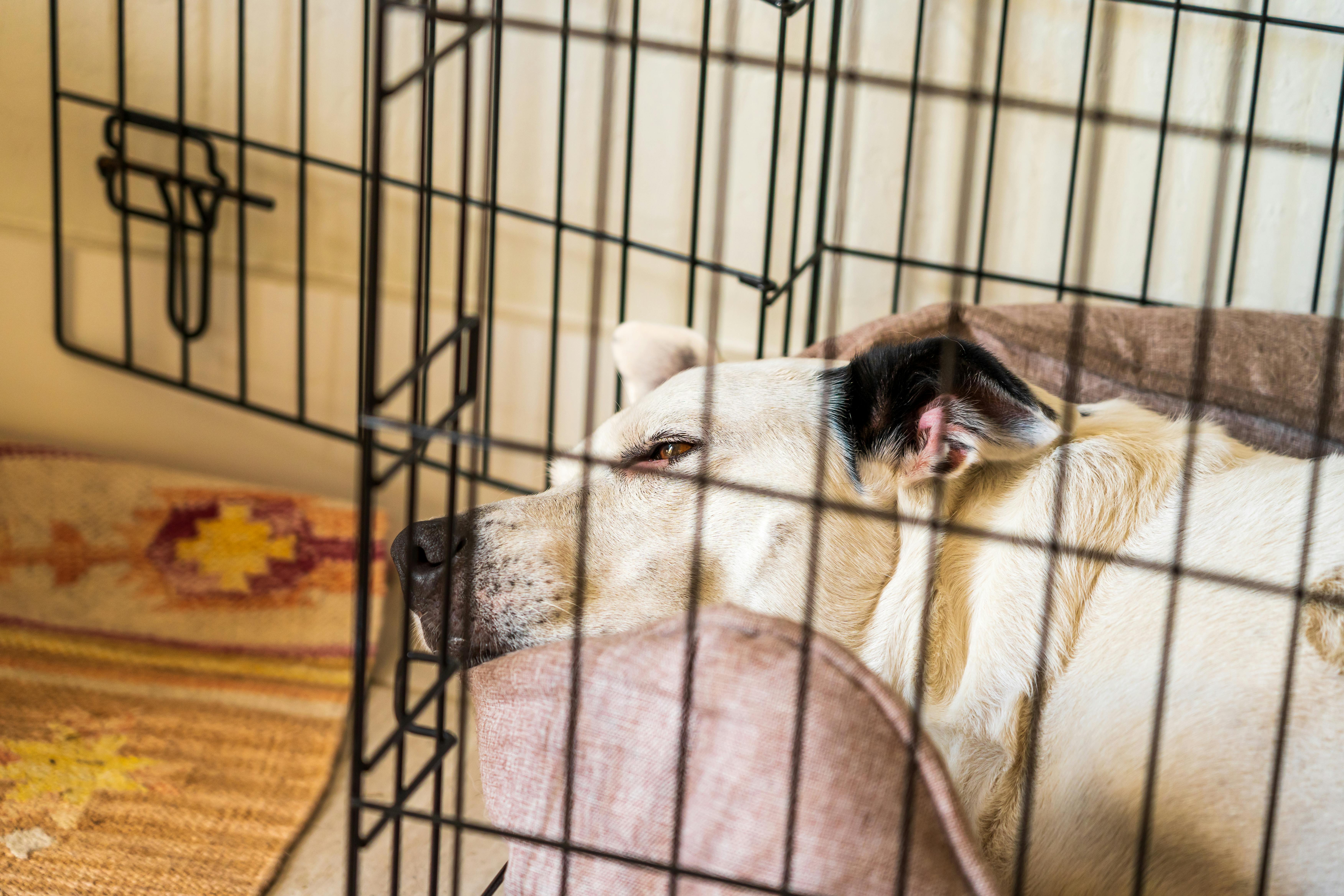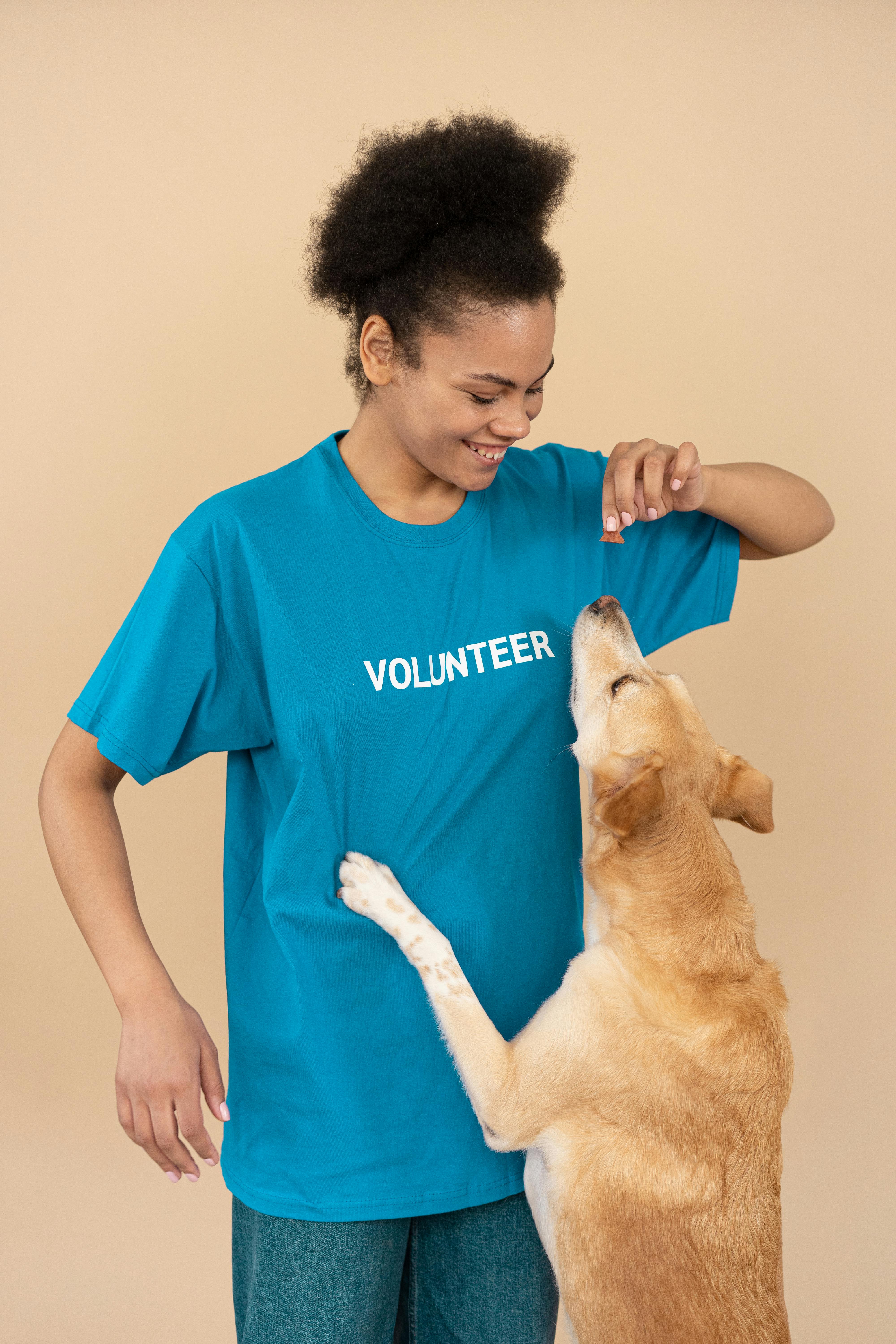How to Crate Train Rescue Dog: Complete 2025 Guide
Crate training a rescue dog can be both a rewarding and transformative experience. Many rescue dogs come from challenging backgrounds and need a structured, compassionate approach to feel secure in their new home. This comprehensive guide covers everything from the fundamentals to advanced crate training techniques, helping you build trust and stability with your furry companion.

Understanding the Fundamentals
Crate training is the process of teaching a dog to see its crate as a safe and comfortable space. Especially for rescue dogs, who may have experienced neglect or trauma, this method provides structure, helps with house training, and reduces anxiety. Proper crate training also supports positive behavior reinforcement.
Imagine the crate as your dog’s personal bedroom — a place where they feel secure and calm. This perspective can help reframe how both you and your pet view the crate. Understanding these basics sets the stage for long-term success.
1.1 The Role of Safety and Security
For rescue dogs, a crate is more than just a tool; it becomes a sanctuary. Studies show that dogs with access to a secure crate experience less stress during transitions. The familiarity of their own space helps ease the adjustment into a new environment.
Misconceptions often label crates as punishment tools, but with the right approach, they are the opposite — a consistent comfort zone. Whether your dog is newly adopted or recovering from past trauma, safety is key.
1.2 Crate as a Behavioral Aid
Unlike isolation, a properly introduced crate acts as a positive boundary. It supports behavioral training by managing chewing, barking, and separation anxiety. Crate training also assists in developing predictable routines that encourage emotional stability.
For instance, rescue dogs with fear aggression can benefit greatly from structured crate time, which gives them a calm space to decompress between social exposures.
Practical Implementation Guide
Now that you understand the why, let’s dive into the how. Implementing crate training with a rescue dog requires patience, consistency, and sensitivity to your dog’s unique needs. You’ll start to notice trust forming as your dog begins to associate the crate with peace and reward.

2.1 Actionable Steps
- Choose the Right Crate: Select a crate large enough for your dog to stand, turn, and lie down comfortably. Opt for wire crates with covers for flexibility.
- Introduce the Crate Slowly: Begin with the door open. Place treats, toys, and soft bedding inside. Allow your dog to explore without pressure.
- Establish Routine: Feed meals in the crate and reward calm behavior. Gradually increase time inside, starting with 5-10 minute intervals and extending over days.
2.2 Overcoming Challenges
Crate training a rescue dog can come with unique hurdles:
- Whining or barking: Ignore attention-seeking noise, but address underlying anxiety with soothing reinforcement.
- Fear of confinement: Use a slow desensitization process, keeping doors open until comfort is observed.
- Previous crate trauma: Switch crate types or locations to eliminate past associations.
- Refusal to enter: Use high-value treats and cheerful tone to make the crate inviting.
- Over-crating: Never use the crate for extended isolation or punishment.
Expert tip: Use a consistent crate command like “kennel up” paired with a calm tone and reward system.
Advanced Applications
Once basic crate behavior is mastered, you can start implementing more advanced techniques to maximize results. This helps integrate crate time into daily routines like travel, bedtime, and structured downtime.

3.1 Crate Training for Travel
Crate-trained rescue dogs travel more safely and with less stress. Whether in a car or airplane, a familiar crate offers a sense of home. Case studies show that dogs accustomed to crate travel display fewer signs of motion sickness or anxiety.
Use the same commands and crate items (blanket, toy) during travel to reinforce consistency. A trial car ride around the block is a good starting point before long-distance journeys.
3.2 Crate Integration in Multi-Dog Homes
Crate training becomes even more valuable when multiple pets share a household. Each dog should have its own crate, placed in a calm area. This prevents territorial disputes and ensures individual downtime.
Compatibility tip: Stagger crate schedules during initial training to prevent copying or competition behaviors.
Future Outlook
The landscape of crate training, especially for rescue dogs, is evolving with technology and behavioral science. Expect more smart crates with temperature control and cameras to hit the market in the next 3-5 years.
Pet owners can prepare by staying informed and continuing to observe their dog’s behavior. Training apps and professional consultation services are likely to become more integrated into the process, offering more data-driven progress tracking.
Conclusion
Crate training your rescue dog is a journey of patience, trust, and consistent effort. Key takeaways include: creating a safe space, introducing the crate gradually, and adapting strategies to suit your dog’s past experiences.
By understanding your dog’s needs and taking action today, you’ll be one step closer to building a secure and loving environment. Start crate training now and enjoy a harmonious, well-adjusted life with your rescue dog.
Frequently Asked Questions
- Q: Is crate training suitable for all rescue dogs? Yes, but timing and approach must be tailored to the dog’s past experiences and behavior.
- Q: How do I begin crate training a fearful dog? Start with an open-door crate, place treats inside, and never force entry. Allow curiosity to build naturally.
- Q: How long does it take to crate train a rescue dog? Typically 2-6 weeks depending on age, trauma history, and daily consistency.
- Q: Does crate training cost a lot? Costs vary. Crates range from $50-$200 depending on size and quality. The overall training process can be free if self-directed.
- Q: How does crate training compare to using baby gates? Crates offer full containment and a defined personal space, unlike open area boundaries with baby gates.
- Q: Is crate training difficult for first-time dog owners? It can be, but following step-by-step guides and staying consistent makes the process smoother.
- Q: Can crate training help in shelter re-homing programs? Absolutely. Crate-trained dogs adapt faster to new homes, making rehoming more successful.
